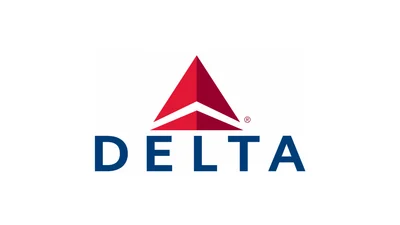With a length of about 100 feet and powered by a General Electric F414 engine, the X-59 has undergone ground testing including self-powered taxi runs and maximum afterburner engine tests. Flight tests will follow once ground evaluations are complete.
Currently, most countries ban supersonic flight over land due to noise concerns; sonic booms can reach between 110 and 135 decibels. The X-59’s design features an elongated nose and specific fuselage shaping to disperse shockwaves more quietly. Engine placement also plays a role in managing exhaust flow and minimizing shock signatures.
The aircraft is equipped with sensors and microphones to collect acoustic data during test flights over populated areas. This information will be paired with public surveys to provide regulators with evidence regarding community acceptance of quieter supersonic flight. If successful, these findings could influence regulatory changes allowing overland supersonic travel.
Boeing faces potential challenges if such regulations change. In anticipation of past advances in supersonic transport—such as Concorde—Boeing designed its 747 for cargo use but ultimately remained focused on subsonic airliners after global bans limited Concorde’s viability. If new rules allow quiet supersonic planes over land, companies outside the current Airbus-Boeing duopoly could enter the market.
While both Airbus and Boeing monitor developments closely, Boeing may be more vulnerable due to ongoing financial difficulties and certification delays for several models including the 737 MAX series and 777X family. Developing new aircraft is already costly; introducing a competitive supersonic model would add complexity given Boeing's current commitments.
Boom Supersonic’s Overture project represents another effort toward commercial supersonic travel but relies on current technology that still produces loud booms—restricting it mainly to overwater routes. Boom claims its Symphony engine allows for "Boomless Cruise" under certain conditions by flying at speeds where shockwaves refract away from populated areas.
If Lockheed Martin’s X-59 demonstrates practical quiet supersonic flight and influences regulatory shifts, it could reshape industry competition by enabling new entrants while challenging established manufacturers like Boeing and projects like Boom Overture.
"The primary purpose is to supply regulators with robust datasets that could lead to supersonic restrictions over land being eliminated," according to NASA documentation on the program's goals.
"If it proves that planes can go supersonic over land without shattering windows, then it could open the floodgates for a slew of airliners that finally make the supersonic era a reality," states an analysis within industry commentary.
However, there remains uncertainty about which companies will benefit most if regulations change: "Boom is perhaps the company that should be most concerned about the X-59. If it proves that 'boomless' supersonic flight is possible...then its loud Overture airliner...may be dead on arrival," according to experts following both programs.
 Alerts Sign-up
Alerts Sign-up




































